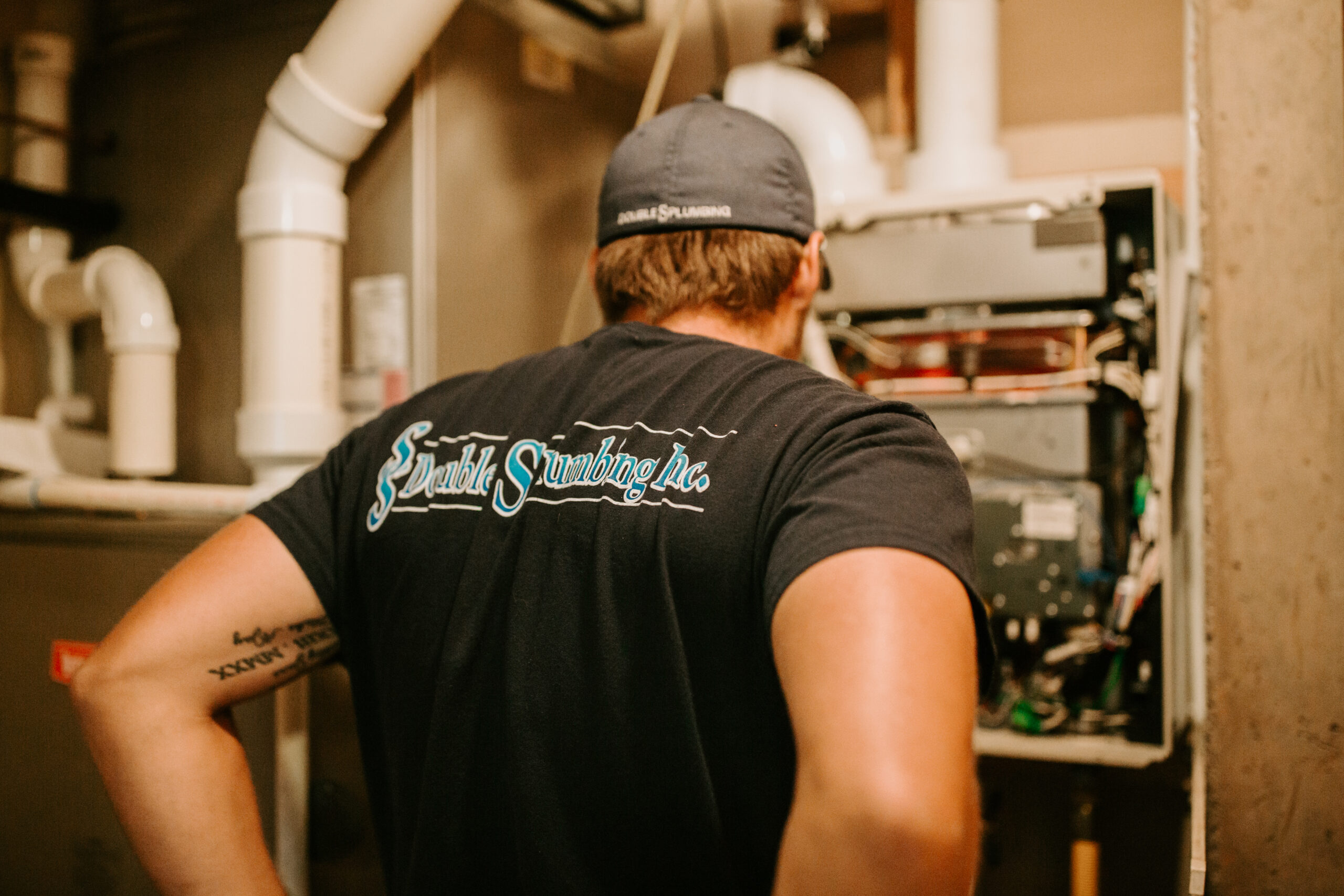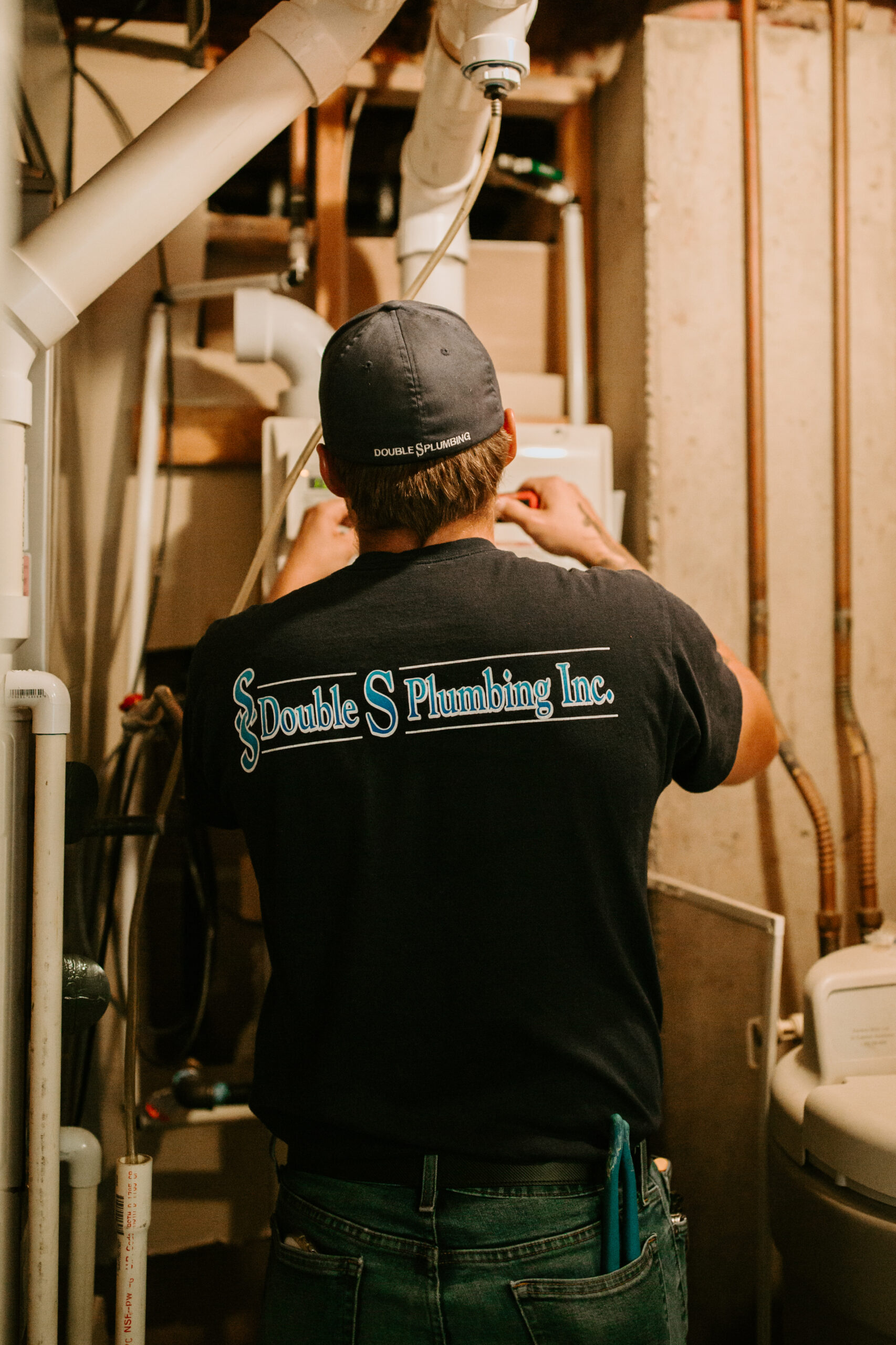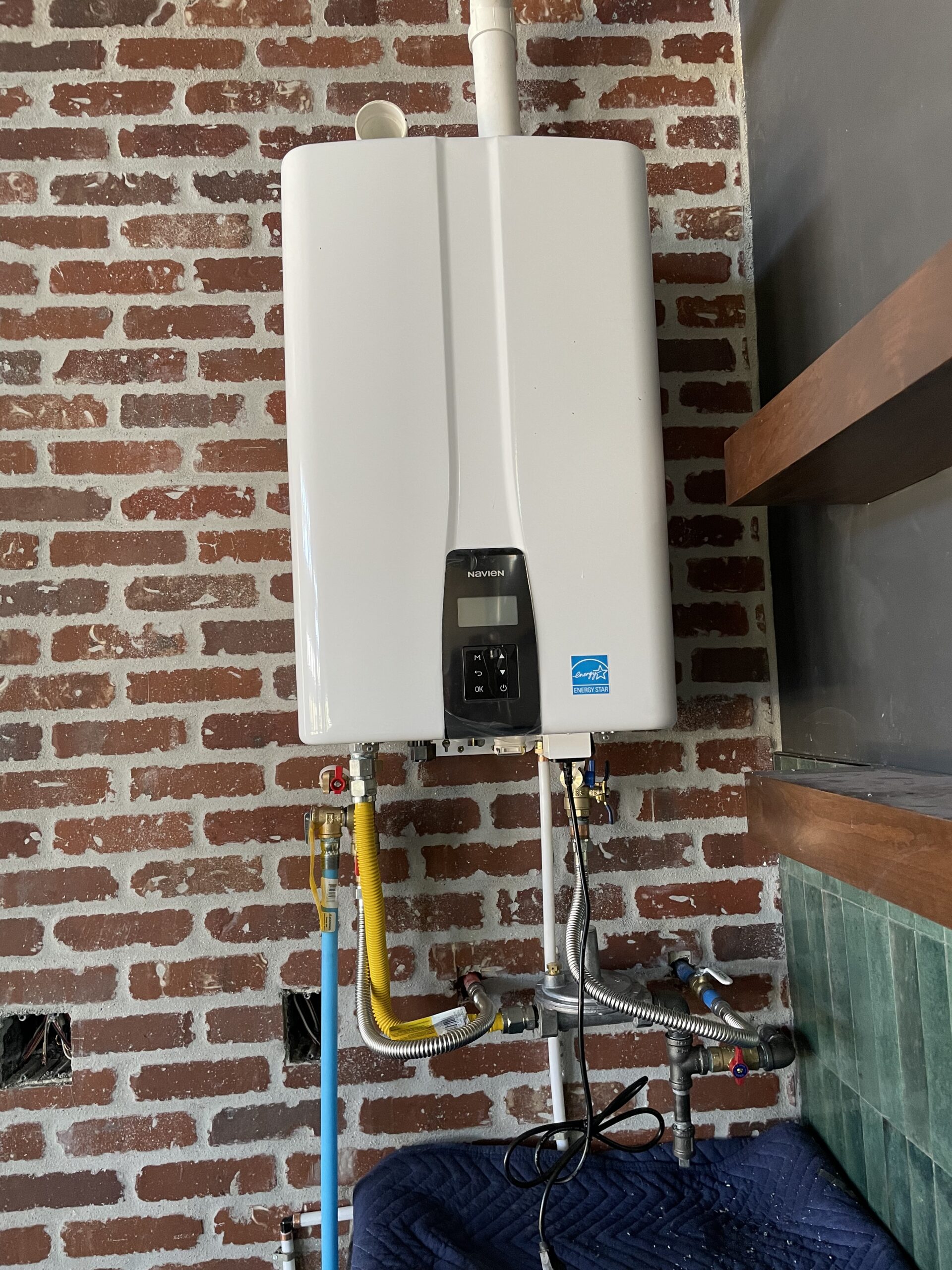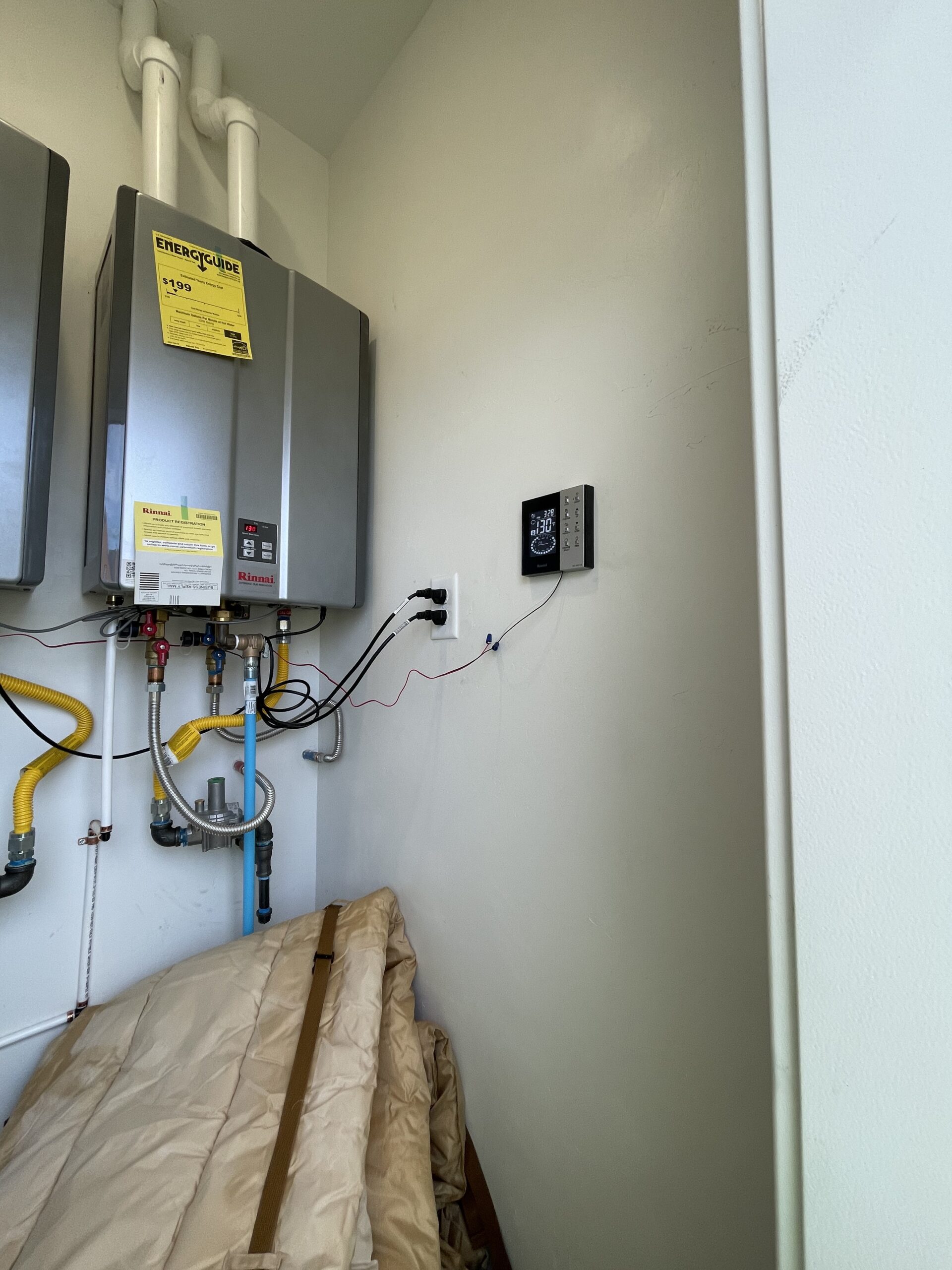
Keeping your water heater in top condition with these water heater maintenance tips is essential for ensuring a steady supply of hot water and extending the life of your appliance. Regular maintenance can help prevent costly repairs, improve efficiency, and ensure safety. Whether you’re a homeowner, property manager, or building owner, these tips will guide you through the crucial steps of water heater care.

Why Water Heater Maintenance Matters
Regular maintenance of your water heater offers numerous benefits, including:
- Enhanced Efficiency: A well-maintained water heater uses less energy, saving you money on utility bills.
- Extended Lifespan: Routine maintenance can add years to the life of your water heater, preventing premature breakdowns.
- Improved Safety: Ensuring your water heater is in good condition reduces the risk of leaks and other hazards.
- Better Performance: Regular care helps maintain consistent water temperature and pressure.
Key Maintenance Tips
1. Flushing the Water Heater
Over time, sediment and mineral deposits can build up inside your water heater tank, reducing its efficiency and causing potential damage. Flushing the tank annually is essential to keep it running smoothly.
Steps to Flush Your Water Heater:
- Turn Off the Power:
- For electric heaters, switch off the circuit breaker.
- For gas heaters, turn the thermostat to the “pilot” setting.
- Shut Off the Water Supply:
- Close the cold water supply valve to prevent more water from entering the tank.
- Attach a Hose to the Drain Valve:
- Connect a garden hose to the drain valve located at the bottom of the tank. Place the other end of the hose in a suitable drainage area.
- Open the Drain Valve:
- Open the valve and allow the water to drain out completely. Be cautious as the water will be hot.
- Flush with Cold Water:
- Once the tank is empty, open the cold water supply valve to flush out any remaining sediment. Continue until the water runs clear.
- Close the Drain Valve:
- Disconnect the hose and close the drain valve tightly.
- Refill the Tank:
- Open the cold water supply valve and allow the tank to refill. Open a hot water faucet to release any trapped air.
- Restore Power:
- Turn the power back on or relight the pilot light, and set the thermostat to the desired temperature.
2. Inspecting for Issues
Regular inspections help identify potential problems before they escalate into major issues. Conduct a thorough inspection of your water heater annually.
Areas to Inspect:
- Anode Rod:
- The anode rod prevents tank corrosion. Check it annually and replace it if more than 6 inches of the core wire is exposed or it’s covered in calcium.
- Temperature and Pressure Relief Valve:
- Test this safety valve by lifting the lever to ensure it releases water. If it doesn’t, replace it.
- Heating Elements:
- For electric heaters, inspect the heating elements for signs of wear or damage. Replace if necessary.
- Gas Line and Burner:
- For gas heaters, check the gas line and burner for leaks or blockages. Clean the burner if needed.
- Insulation:
- Ensure the tank and pipes are properly insulated to improve efficiency and reduce heat loss.




Maintenance Frequency
To ensure optimal performance and longevity, water heater maintenance should be performed annually. Regular care will keep your water heater running efficiently, providing consistent hot water and reducing the risk of unexpected breakdowns.
Conclusion
Taking the time to maintain your water heater can save you money and hassle in the long run. By following these essential tips—flushing the tank and inspecting for issues—you can keep your water heater in excellent condition for years to come.
If you need professional assistance or have any questions about water heater maintenance, don’t hesitate to contact our plumbing experts. We’re here to help you ensure your water heater operates efficiently and safely.
Ready to take control of your water heater’s health? Book a maintenance appointment with us today!

